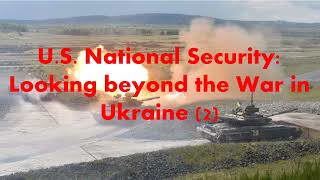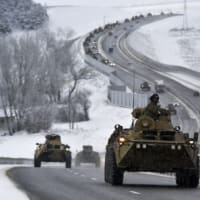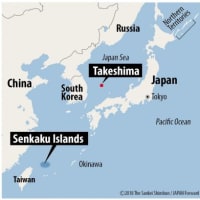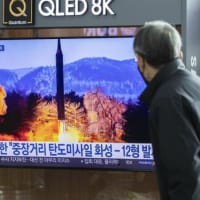
U.S. National Security: Looking beyond the War in Ukraine (Part 2)
I would like tentatively to share the insights of Mr. Anthony Cordesman who holds the Emeritus Chair in Strategy at the Center for Strategic and International Studies in Washington, D.C.
He has served as a consultant on Afghanistan to the United States Department of Defense and the United States Department of State.
His title is “U.S. National Security: Looking beyond the War in Ukraine.”
There is no way as of yet to predict what the outcome of the war in Ukraine will be for Ukraine’s future, but it is all too clear that it is unlikely to have a happy ending.
Ukraine has loyal and brave fighters, but the war has already produced massive damage to its economy and to the lives of its citizens – and even an ending to the war that leaves Ukraine somewhat intact seems unlikely to end the threat that Russia now poses to Western Europe.
The war in Ukraine seems all too likely to leave a lasting state of confrontation between Russia and the U.S. as well as its European partners in NATO.
Even if Russia does not actively threaten the Baltic states, intimidate some other European power, or fully execute its increasingly threatening modernization of its nuclear forces, the near to mid-term prospects for any form of Russian cooperation with the rest of Europe and the U.S. seem marginal at best.
At least in the near term, Russia will represent the major nuclear threat to the U.S. and its NATO allies, and Russian military planners will do their best during much of the coming decade to build-up far more effective land, air, and sea forces – drawing on the painful lessons of Russia’s initial failures in Ukraine.



















